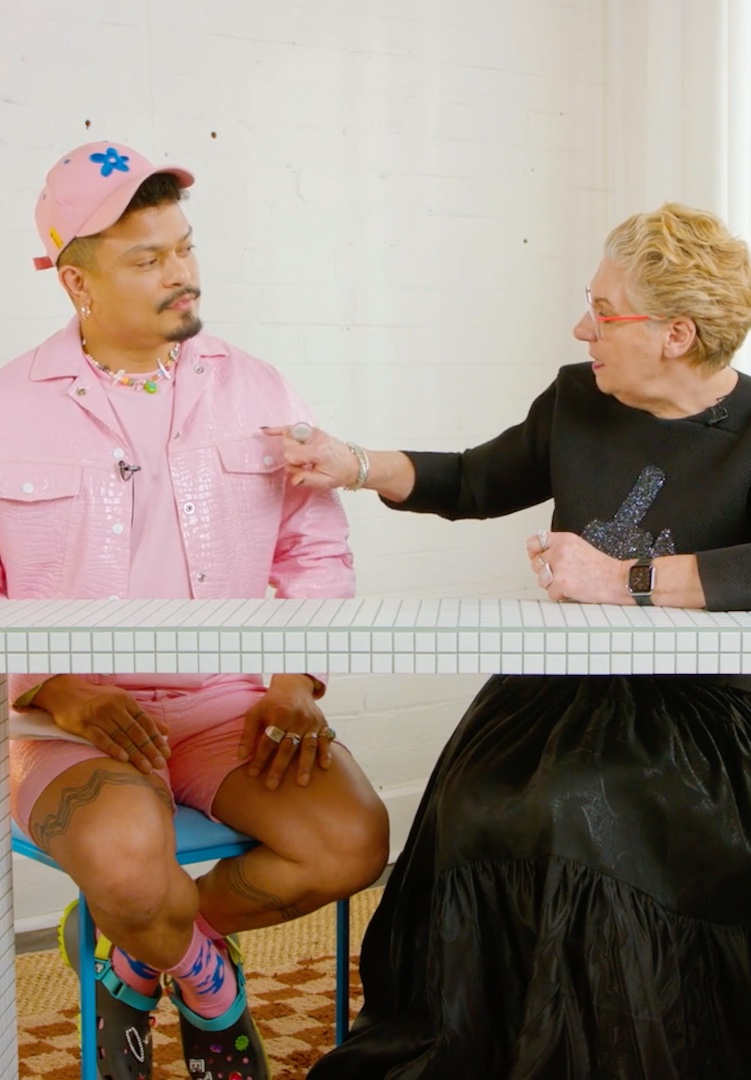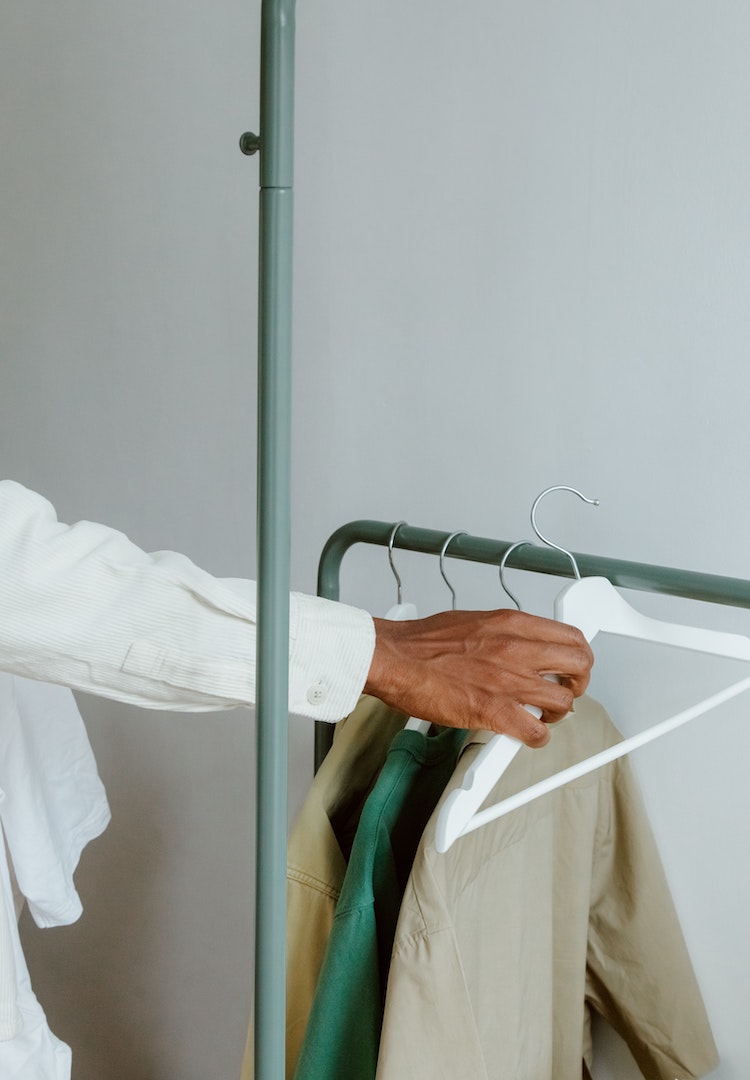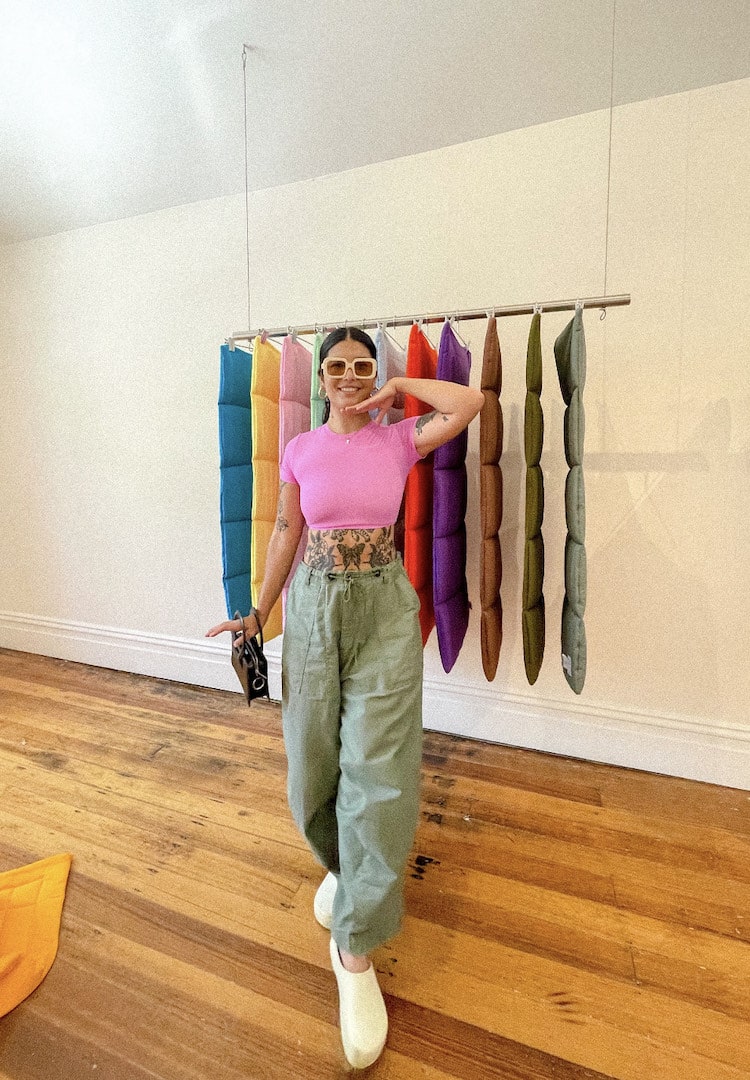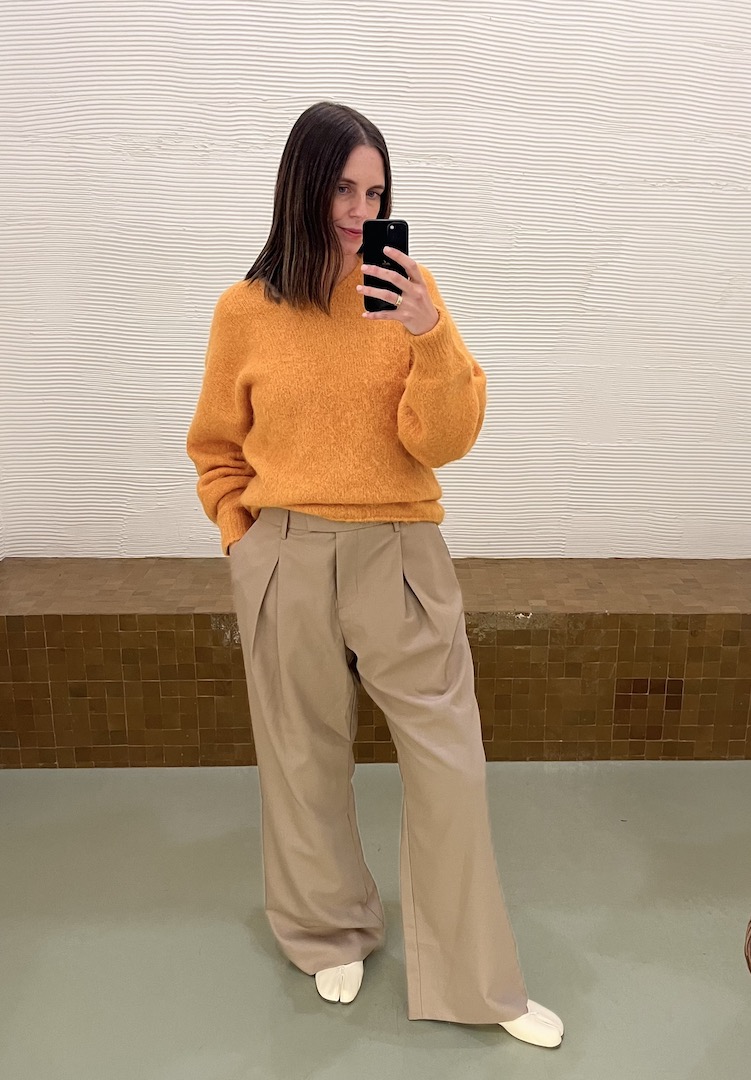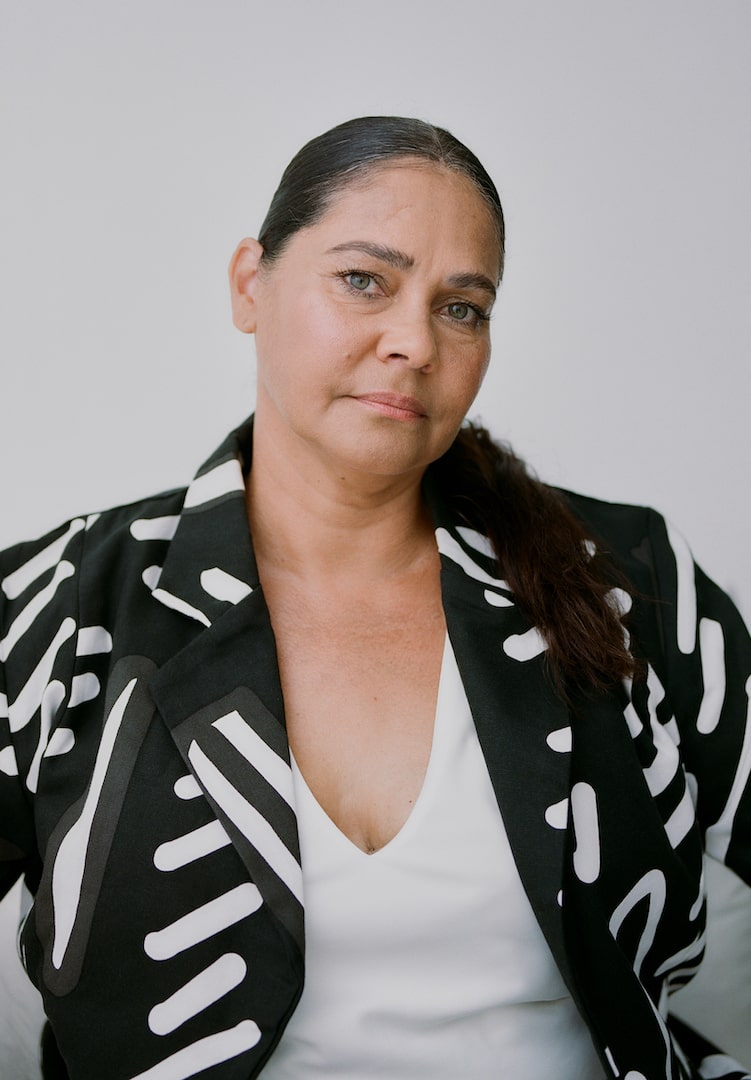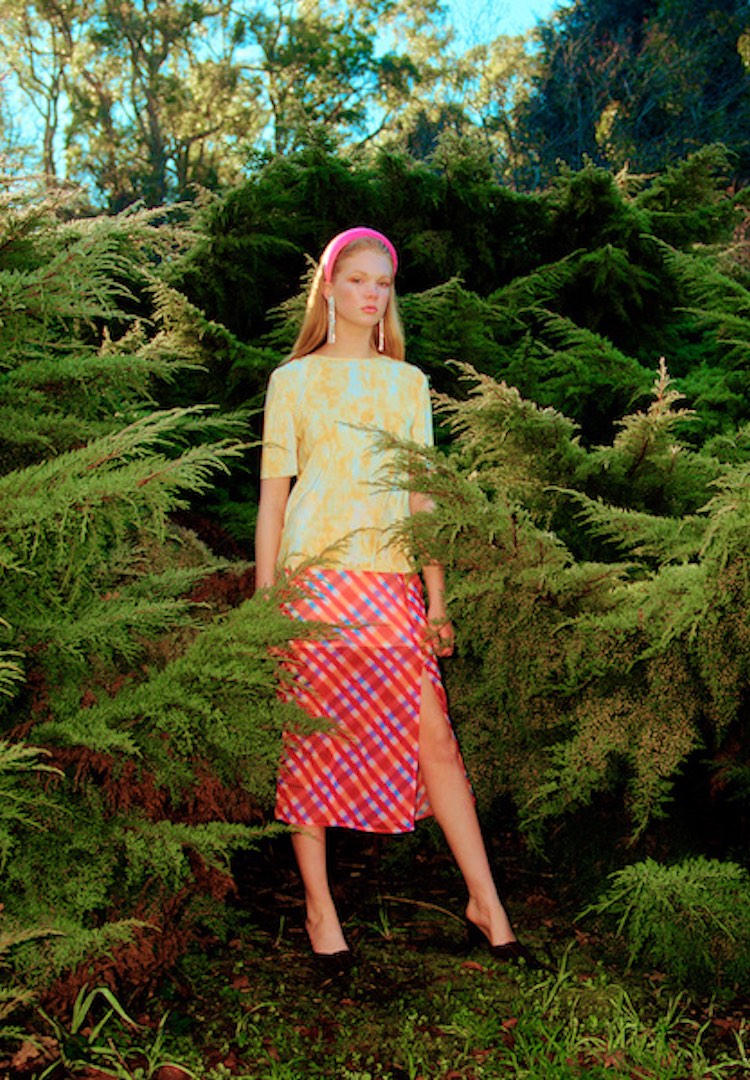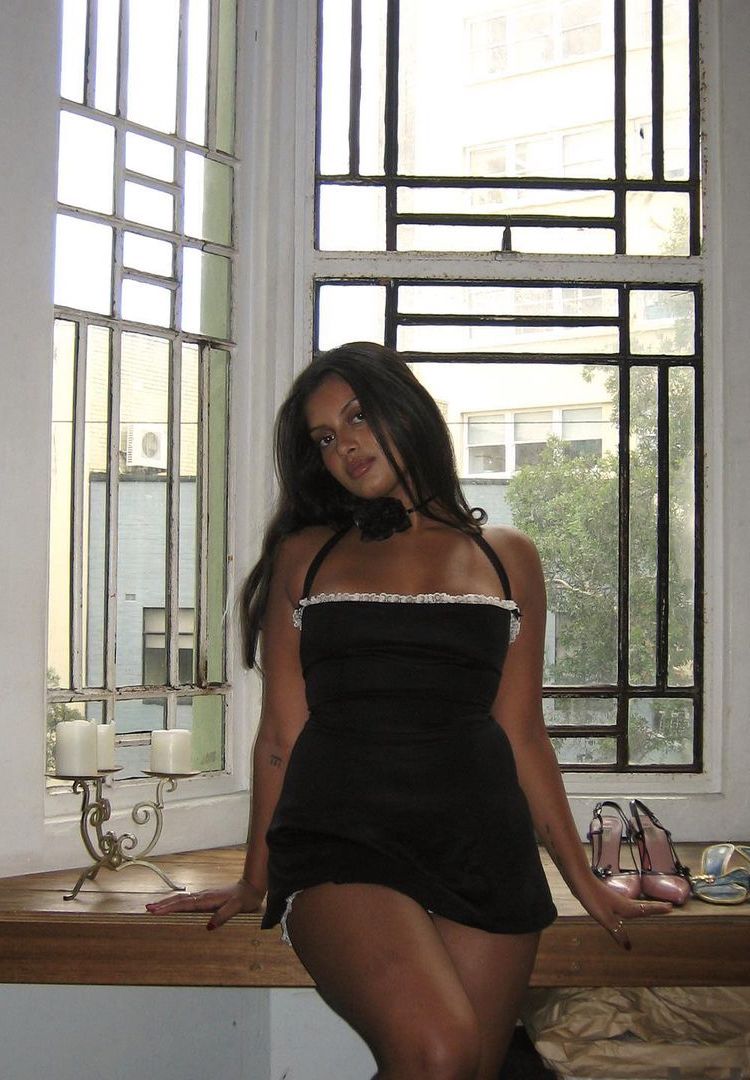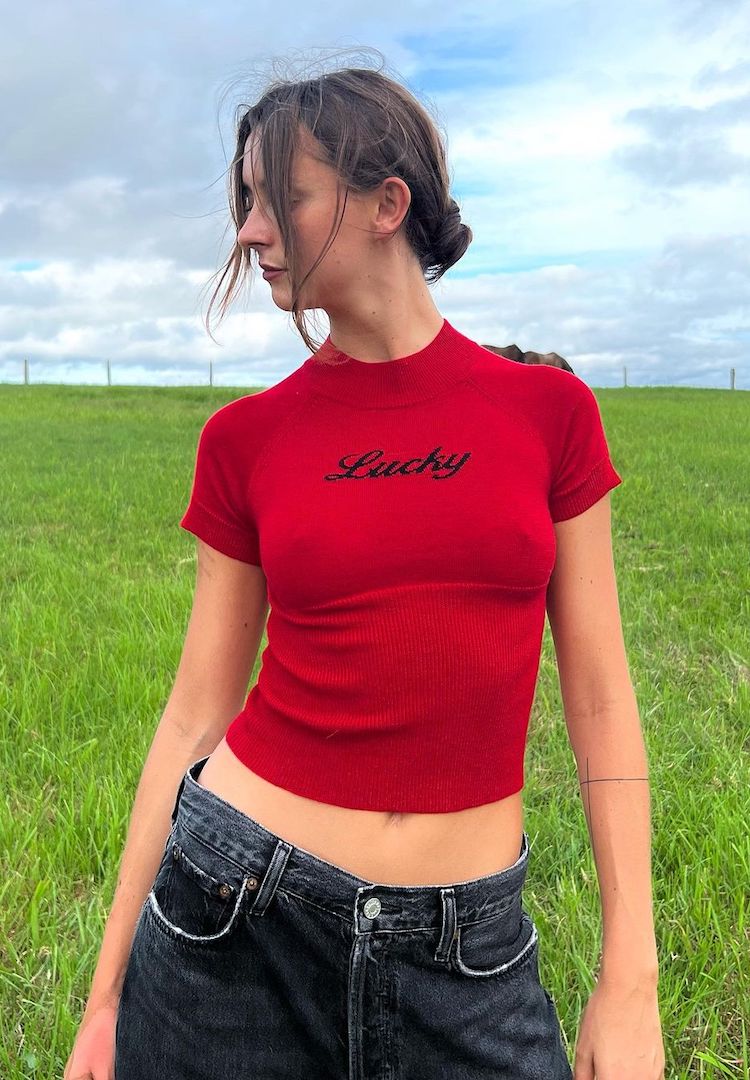The 2022 Ethical Fashion Report is meant to help us shop ethically, here’s where it goes wrong
WORDS By Bianca O’Neill
The winners, the washouts and why this year’s report has caused a stir.
The Baptist World Aid’s (BWA) Ethical Fashion Report is back again – and this year, it’s had a makeover. After the 2021 edition of the report focused on the impacts of the pandemic on modern slavery and climate change, this year’s edition has sought to address widespread criticisms of the report within the fashion industry.
Read our rundown of the 2019 and 2020 Baptist World Aid Ethical Fashion Reports here and here.
Several aspects of the scoring system were changed in response. So who came out on top – and will these changes silence their outspoken critics? Let’s take a look at this year’s report, and whether the new scoring system results in a clearer outcome for consumers.
So what’s changed?
In response to growing controversy, BWA has announced an overhaul of its report scoring system. In the past, critics have repeatedly asserted that the methodology of the reports resulted in a positive, and therefore inaccurate, representation of unethical businesses. The main concern within the industry was that many fast fashion brands saw A and B scores in previous years, placing them firmly within an ‘ethical’ classification, when their business practices may suggest otherwise.
This year, BWA attempted to address these concerns, ditching the A to F scoring system and bell curve methodology. Instead, it opted for a simple score out of 100, followed by a colour coding system that placed each brand within a scale compared to the performance of 120 other brands.
Who came out on top?
The overall results in 2022 saw an average company score of a meagre 29 out of 100. This meant that companies in the ‘top 20 per cent’, or blue tier, may have scored as little as 48/100 when it comes to their ethical credentials.
The highest scorer this year was underwear and basics brand Mighty Good Basics, with a whopping score of 86/100. Outdoor giant Patagonia and affordable apparel brand AS Colour came in next with scores of 68 and 66 respectively, with Zara and Zara Home following on 60.
Target and Kmart rounded up the bottom end of the new blue tier, with scores of 57, on par with Nudie Jeans Co, while H&M, Glassons and Cos sat on 56/100. Witchery, Trenery and Country Road followed on 53, with Forever New scraping into the top 20 per cent with a score of 52. Nobody Denim brought up the rear, as the final brand graced with a blue tier tick of approval, on 48/100.
Who flopped?
A bunch of brands were flunked this year with a score of 0. Nine West and Sheike were among them, with BWA citing that ‘no evidence’ was provided on any judging category. Bardot, Temt, Valley Girl and Forever 21 also trailed for similar reasons with scores between one and three out of one hundred. Predictably, fast fashion giant Shein came in at the bottom end with a paltry four/100, also based on a lack of transparency.
This year’s report also found that just one in ten companies who participated “could evidence paying workers living wages at any of their final stage factories”. It’s a disappointing indictment of our industry’s commitment to pursuing transparency within their manufacturing processes – although it’s also worth acknowledging the expensive and complicated nature of producing transparency reports. (Read our deep dive about this here.)
What was the response from the industry?
James Bartle, Founding CEO of ethical denim brand Outland Denim, was one of the voices that spoke up initially about the issues with the BWA’s report. As a result, Outland has chosen to opt out of participating in the report in 2022 – despite having received a coveted A+ grade in previous years.
Speaking to Fashion Journal this week, Bartle said of the improvements: “BWA has made significant improvements to their report this year… [but] I still have concerns, not so much with the report itself but with the way the findings are displayed, particularly on social media which is where it has the most potential reach.
“My concern is that it is still possible for brands to be in the top tier despite, this year, having scores as low as 48/100. When you look at the social media tile, this results in brand names with reputations of exploitation sitting right next to brands that have sustainability and ethical business at their core. This undermines the efforts of social enterprises and gives brands who are not doing enough to mitigate exploitation greenwashing fuel.”
Greenwashing is a significant problem in the industry, particularly as sustainability, ethical manufacturing and climate issues move to the forefront of consumers’ minds. The issues raised by Outland and Bartle are valid; by distilling complex and, at times, confusing statistics into a single social media tile declaring that a brand is ‘ethical’ – when, in fact, they’ve simply made the top 20 per cent of brand scores in a pretty disappointing year overall – is to diminish the meaning of the term, and potentially mislead consumers.
So what’s the answer?
Although BWA’s efforts to overhaul its system are to be applauded – and, certainly, this year’s change to a simple mark out of 100 is a much more easily digested grade for consumers to understand – it’s time, once again, to talk about regulating the use of certain words in the Australian fashion industry.
Previously, I’ve called upon words like ‘sustainable’ and ‘ethical’ to be regulated in the same way as ‘Australian-made’ – currently, any brand can claim these terms without oversight or proof. Other alternatives, like the pursuit of B Corp, hold their own challenges and costs, something I recently chatted to Bassike about here.
And the challenges don’t stop there. When it comes to the issues surrounding living wages, is the answer more locally made raw materials, and a stronger local manufacturing industry? Maybe – it’s obviously easier to keep an eye on your suppliers if you can physically drop into the factory at leisure – but the issues with the raw manufacturing industry as it stands in Australia are complicated and wide-ranging. (Read my deep dive into that here.)
“For the most part,” says Bartle, “it’s clear that the BWA team really listened to the concerns expressed last year by not only us but many from the industry and the public [and] we really appreciate this. Whether we’ll participate in the report next year is not a question I have an easy ‘yes’ or ‘no’ for right now, but the improvements certainly give me confidence… This report has influence.
“Influence on buying behaviour, influence on brand perception, influence to change the lives of the people who make the clothes we all wear – we can’t forget that behind these numbers are people and our planet. This is why I am so passionate about these details being communicated clearly to the public.”
So, bravo BWA – we appreciate the overhaul. It’s a step in the right direction. However, it’s clear that the growing concerns for the industry’s sustainable future can’t possibly be as simple as popping a few brands on a social media tile and declaring them ethical.
As many have said before: becoming a truly sustainable or ethical brand is an ongoing journey fuelled by constant surveillance, fearless transparency, and dedicated resourcing. It’s not a destination – and it’s certainly not a congratulatory Instagram tile.
Bianca O’Neill is Fashion Journal’s senior industry columnist. Follow her at @bianca.oneill.
Read the summary or purchase the full report, including the list of grades for each of the 120 companies surveyed and the methodology, on the Baptist World Aid Australia website.

